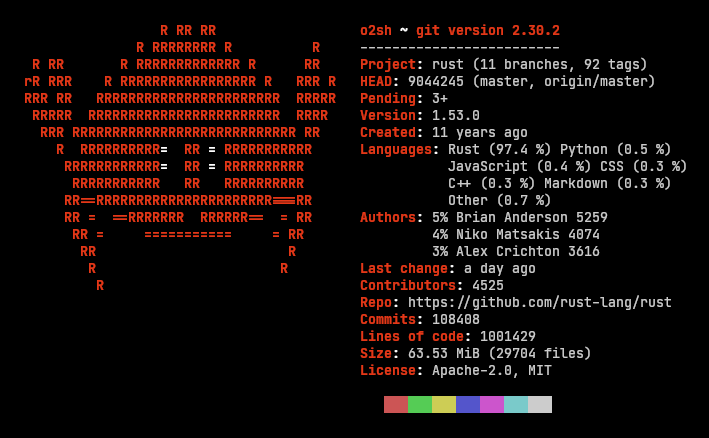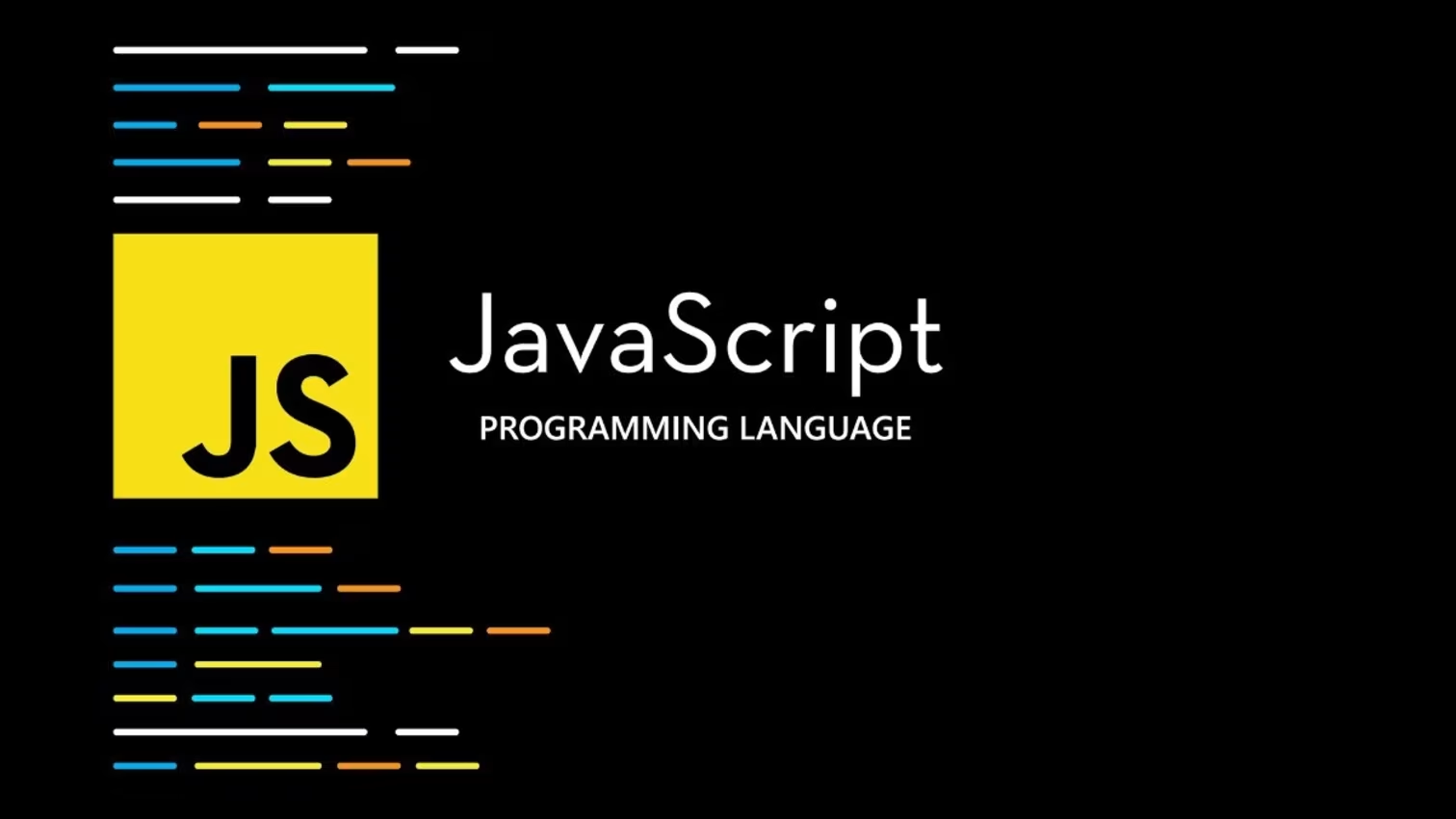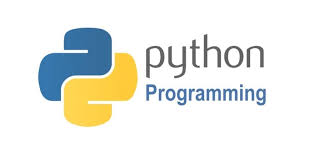In the ever-evolving world of blockchain, performance and security matter more than anything else. That’s why Rust — a systems programming language known for speed, safety, and efficiency — has become the backbone of next-generation blockchain platforms like Solana, Polkadot, and Near Protocol.
If you’ve been thinking about taking your blockchain programming skills to the next level, learning Rust is one of the smartest moves you can make.
💡 What is Rust?
Rust is a high-performance programming language developed by Mozilla that focuses on memory safety, concurrency, and speed. It’s designed to prevent common bugs and vulnerabilities — a crucial feature when building blockchain systems where even the smallest security flaw can be disastrous.
Unlike scripting languages like Python or JavaScript, Rust gives developers low-level control similar to C or C++ but eliminates many of the unsafe pitfalls, thanks to its strict compiler rules and ownership model.
🧱 Why Rust Matters in Blockchain Development
Rust’s importance in blockchain can’t be overstated. Here’s why many top blockchain platforms are built using it:
- Security at the Core
Rust prevents common errors like null pointer dereferencing and data races, reducing vulnerabilities in blockchain systems. - High Performance
Blockchains need to process thousands of transactions per second. Rust’s speed makes it ideal for handling these high workloads efficiently. - Reliability and Stability
Rust’s compiler ensures your code is predictable and stable before it even runs — essential for systems that can’t afford downtime. - Cross-Platform Power
Rust integrates easily with other languages and tools, making it flexible for hybrid blockchain development projects.
🚀 How to Start Learning Rust for Blockchain Development
1. Get Comfortable with Rust Basics
Begin by learning Rust’s syntax and core concepts such as ownership, borrowing, lifetimes, and traits.
- Visit The Rust Book (official guide).
- Practice coding on Rust Playground.
2. Understand Blockchain Fundamentals
Before diving into blockchain-specific coding, make sure you understand how blockchains, nodes, consensus mechanisms, and smart contracts work.
3. Explore Rust-Based Blockchain Frameworks
- Solana: Build high-performance dApps and smart contracts with Rust.
- Substrate (Polkadot): Create custom blockchains with Rust using Substrate’s modular framework.
- Near Protocol: Develop smart contracts in Rust using Near SDKs.
4. Work on Mini Projects
Try building small blockchain-based applications such as:
- A decentralized voting system.
- A custom token smart contract on Solana.
- A lightweight blockchain prototype using Substrate.
5. Join the Rust and Blockchain Communities
Engage with other learners on platforms like Reddit, Discord, and GitHub. The Rust community is known for being incredibly supportive and resourceful.
🔐 Common Challenges for Beginners
While Rust offers incredible performance, its learning curve can be steep — especially for those new to programming. Beginners often struggle with:
- Understanding ownership and borrowing rules.
- Dealing with compiler errors (Rust is strict but helpful).
- Writing efficient and idiomatic Rust code.
The key is patience. Once you get used to Rust’s principles, everything else starts to make sense — and the reward is rock-solid, high-speed blockchain applications.

🎓 Why You Should Learn Rust Now
Blockchain ecosystems are moving fast, and Rust is becoming a core requirement for developers building decentralized applications that need scalability and reliability.
Learning Rust doesn’t just make you a better blockchain developer — it makes you a better programmer overall. You’ll learn how to write clean, safe, and efficient code that performs well even under the most demanding blockchain workloads.
🏁 Final Thoughts
Rust is more than just a trend — it’s the language of the future for blockchain infrastructure. From Solana’s lightning-fast transactions to Polkadot’s flexible parachains, Rust is behind some of the most advanced decentralized technologies today.
If you’re serious about mastering blockchain development, start learning Rust. It might be challenging at first, but once you understand its logic, you’ll be writing powerful, secure, and production-ready blockchain applications in no time.
Would you like me to make the next blog post sound more like it’s coming from your tutoring brand — for example, ending with a call-to-action like “Join our crypto academy today and start learning Rust for blockchain development with expert guidance”?
I can make it match the tone of your upcoming crypto tutoring website perfectly.




Leave a Reply